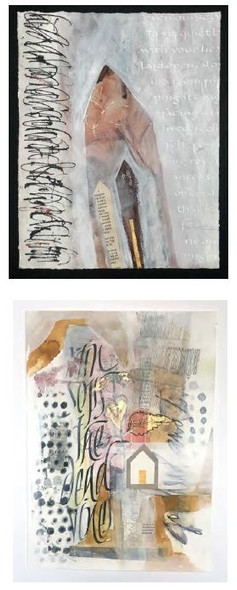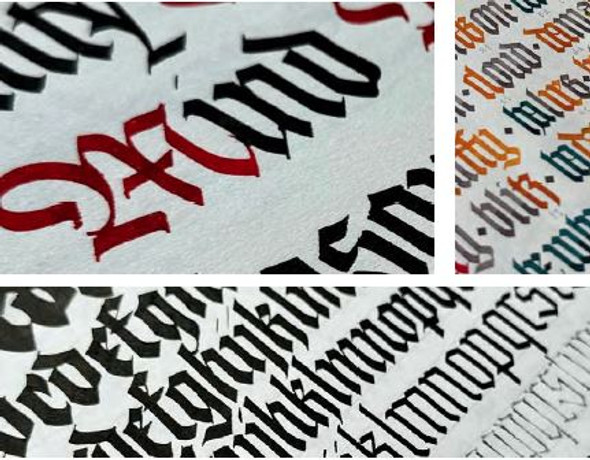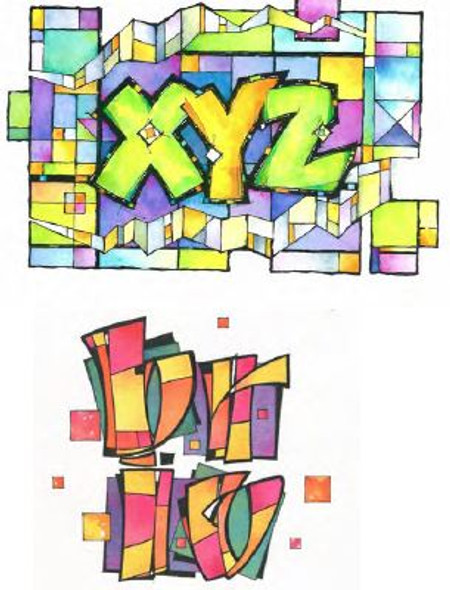Into The Heartland 2026 - Experimental Pictorial Watercolors - Christopher Reno
Christopher Reno | Experimental Pictorial Watercolors with Fr. Edward Catich This watercolor course (appropriate for all levels) is an opportunity to take a deep dive into Fr. Edward Catich’s te…
Read MoreDescription
Christopher Reno | Experimental Pictorial Watercolors with Fr. Edward Catich
This watercolor course (appropriate for all levels) is an opportunity to take a deep dive into Fr. Edward Catich’s techniques in order to expand our practice. We will examine the role that the kinesthetic mechanics of calligraphy can play in the observation and translation of nature. Our goal will be to explore the deeper connections between calligraphy and painting/drawing as demonstrated by Catich in his 1) observed landscapes, 2) ‘crazy heads’ abstracts, 3) abstract landscapes, 4) hybrid imagery, and 5) pictorial illustrations for various religious and secular scholarship.
By following Fr. Catich’s lead, we will observe the types of mark-making required for letterforms— signmaking, epigraphy, calligraphy—and apply them to pictorial practices: landscape, portraiture, and still life. This means we will focus on studying Catich’s work via relevant chapters of his books or through examination of high resolution prints of his work. (I might also bring a few live examples!) We will create pictorial imagery according to those lessons, with the basics of color theory, pictorial composition, and anatomy also discussed as appropriate. In addition, modern pictorial art that synthesizes
both image and text will also be discussed with a focus on the overlap between Fr. Catich and Paul Klee.
CLASS SUPPLIES
Materials required for the class are flexible. Each student should bring a watercolor set, plenty of heavyweight paper and a variety of mark making tools. A gouache set is also recommended for opaque overpainting, as well as a variety of ink
options. Students should bring watercolor brushes in various sizes and types, such as liners, flats and rounds as well as reeds and pens.
Students should also bring a large flat brush for flooding the page; I recommend a 1-2” hake brush. Lastly, students should bring jars or cups and paper towels.






